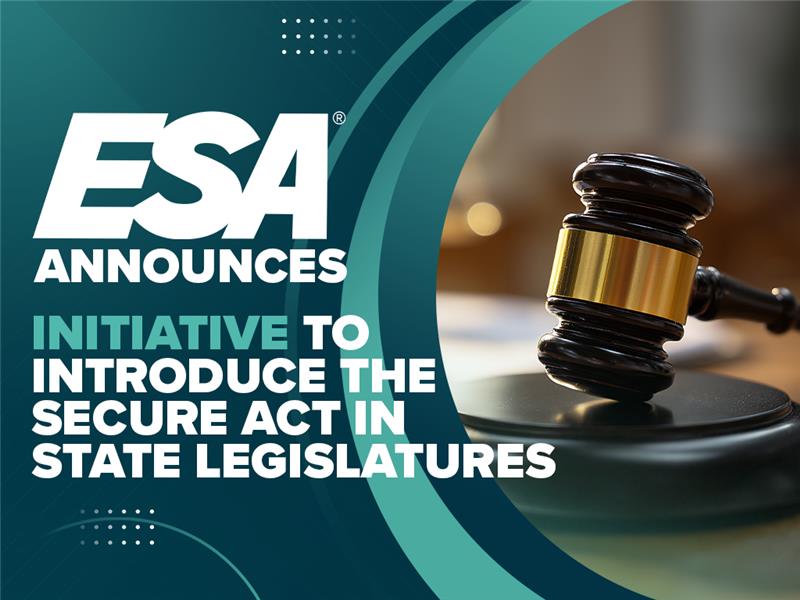Congress took a break from perpetual division to support a bi-partisan measure that will modernize and update workforce development funding for high-skill, high-demand jobs like those in electronic security. Congress took a break from perpetual division to support a bi-partisan measure that will modernize and update workforce development funding for high-skill, high-demand jobs like those in electronic security. H.R. 2353, the "Strengthening Career and Technical Education for the 21st Century Act" passed the Senate on July 25th after previously passing the House. An amendment forced the bill back to the House, but the amendment was quickly approved and on July 26th, the bill was presented to the President who signed the legislation on July 31st. This bill will secure over $1.2 billion per year through FY 2024 to help states adapt to changing workforce needs in the economy and address the looming shortage of qualified workers for millions of jobs in high demand sectors.
While the primary purpose of the bill is reauthorization of the “Perkins Act”, which hasn’t had a major revision since 2006, there were some other provisions buried in the 61-page bill that warrant closer attention. For instance, the bill contains language on state leadership activities that include the examination of occupational licensing requirements that could impede on career and technical education efforts. Specifically, the bill calls for state leadership activities to improve career and technical education, which shall include support for . . . "consultation and coordination with other state agencies for the identification and examination of licenses or certifications that—
(i) pose an unwarranted barrier to entry into the workforce for career and technical education students; and
(ii) do not protect the health, safety, or welfare of consumers;"
If this language sounds familiar, it is because you have paid close attention to the multitude of state legislatures that have introduced language calling for a review of occupational licensing boards and their respective regulations. These legislatures are reacting to the 2015 Supreme Court in North Carolina Dental Examiners Board v. FTC, which held that board lacked sufficient oversight and engaged in anti-trust activities as an occupational licensing body consisting of active practitioners.
The underlying theme the current federal language brings to career and technical education legislation is; states should review their statutes and regulations and find ways to bring about more uniformity, reciprocity and fairness in occupational licensing to achieve better results with workforce development needs in high-demand occupations and trades.
The reauthorization of the Perkins Act is good for the electronic security industry and it is also appropriate for states to review occupational licensing requirements to determine what regulations are truly needed to protect the “health, safety or welfare of consumers.” While this may create a paradigm shift for some states with far different views from others on what is necessary for consumer protection, it is a process that all states will inevitably address as they come to grips with the larger issue of finding qualified employees for high-demand, high-skill positions.




